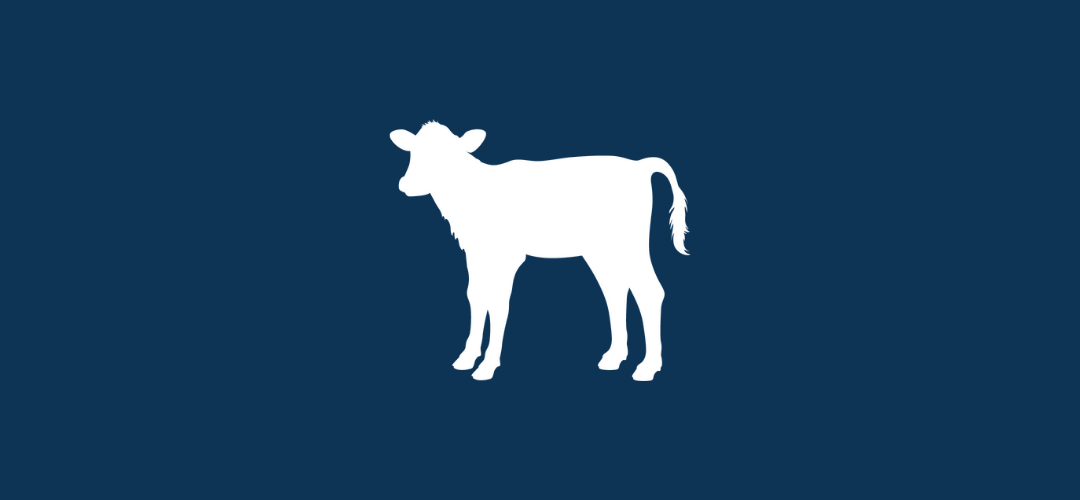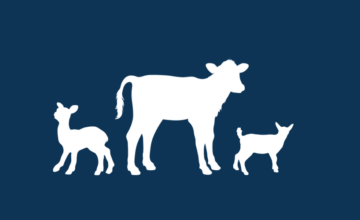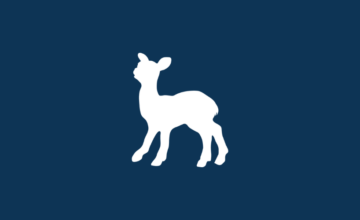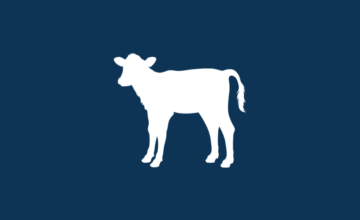Heat Stress – It Effects Calves Too
- Jun 13, 2022
- By Grober Nutrition
- In Canada
While heat stress and the effect that it has on the lactating herd is fairly well known, the effect it has on calves is less common knowledge.
Impact of heat stressed dams on their calves
More research in the past few years has been looking at the effects of heat stress on dry cows and the calves they are carrying. Dry cows who experience heat stress have been shown to have decreased milk production of 3.6kg/day in the following lactation and reduced immune function. This is the same for her calf. A calf born from a dam who experienced heat stress during her dry period has been shown to have up to a 4.6kg lower birth weight, decreased milk production in her first lactation, decreased IgG absorption, decreased disease resistance, and reduced survival to her first lactation.
It is well known that to create a healthy calf, producers need to achieve passive transfer with their calves. Calves who are born to heat stressed dams have a lower ability to absorb immunoglobulins (IgG) and have lower serum protein. This lower ability is speculated to be from quicker gut closure. This effect is not from heat stressed dams giving a poorer quality colostrum, but a physiological change within the calf due to prenatal stressors. These calves need colostrum with higher IgG content to increase their chances of having successful passive transfer.
Heat stress during the milk fed period
We also need to be paying attention to heat stress in our calves during the milk fed period. Heat stressed calves have decreased feed intake and an increase in number of treatments. Calves do have a higher thermo-neutral zone than milking cows at 25-31°C temperature-heat index – This is about the same range as people. If you are feeling hot, then your calves are also feeling hot. Heat stress in calves induces gut inflammation due to blood being sent to the extremities. This pulls oxygen from the cells of the gut, causing the cells to shrink, leading to “leaky gut syndrome”, which increases the risk for infection.
It is important to be able to recognize the signs of heat stress in calves to be able to intervene as soon as possible. Signs of heat stress include:
- Reduced activity
- Lethargic
- Decreased feed intake
- Increased water consumption
- Panting
Unlike cold stress, there are no exact calculations to determine the amount of additional energy required by the calf for heat abatement. But, a recent study by Orellana et al. (2020) saw when calves were fed more milk replacer during heat stress, they had improved growth of 120-130g/day compared to calves who did not get additional milk. Increasing the amount of milk or milk replacer fed, coupled with free access to clean water and fresh starter feed, will help to counteract these challenges, maintaining desired growth and early rumen development.
Ways to alleviate heat stress in your calves
Additional cooling measures may be needed to help alleviate heat stress in calves. For outdoor housing, providing a shade canopy over hutches, and propping the back of the hutch up to improve airflow. For indoor housing, ensuring that ventilation is correct for warm weather by increasing air turnover rate. Additionally, installing extra fans and/or sprinklers in the dry cow pen to beat the heat right when it starts to affect the calf.
The best way to determine if your farm is struggling with heat stress in calves is the same way you would in your milking herd. Keeping records will help determine areas or times of the year where improvements can be made. Keeping track of birth weights can help in identifying trends throughout the year. It can also help in determining the success of your milk fed period. Are calves doubling their birth weight by 56 days? Is there a time of year when calves are being medicated more than other times? These metrics could indicate an environmental factor causing stress to your animals.















